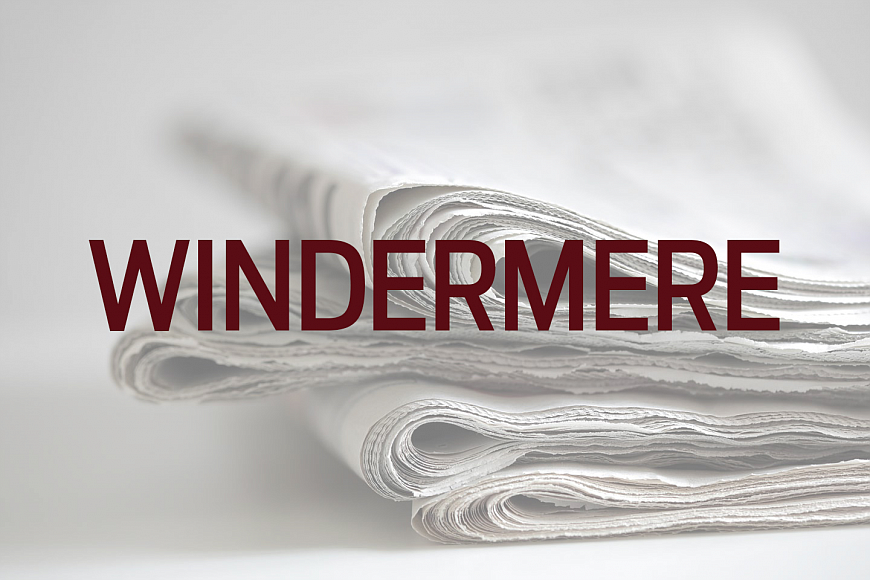- July 26, 2024
-
-
Loading

Loading

WINDERMERE – Severely cracked roads and potholes are a nuisance to drivers, but getting them fixed can be a costly endeavor.
The high price can create a big financial hit to municipal budgets in charge of repairing those roads, and Windermere is no exception.
Willow Brick Road in Windermere’s The Willows community is one of those roads in need of repair. Even so, it currently ranks third on the town’s priority list of the road-repair projects it aims to tackle in the near future.
“We never really had a road maintenance program until a few years ago, when we hired a company to look at the pavement on each of the roadways that we’d had paved around the town of Windermere,” Town Manager Robert Smith said. “Then based on that information and data, we ranked roadways as far as the priority and what needed to be done first and they came up with the probable cost of improving those roadways.”
For Willow Brick Road, the probable cost is about $440,000, which includes the cost of milling, resurfacing and sidewalk repairs. The town anticipates to have enough money for the project between 2019 to 2021, Smith said.
But 2019 is not soon enough for The Willows HOA president Richard Watkins, who recently asked Town Council members to consider moving up the project because of the hazards it presents. The town’s original goal, Smith said, was to start the project in October 2018, but plans changed following the completion of the Park Avenue project by Windermere Elementary School, which ended up costing about $200,000 more than town staff had anticipated.
Because the town only sets aside $400,000 every year for road maintenance projects, the extra cost created a setback that led to a delay in the roadway repair for Willow Brick Road, as the town’s charter prohibits the council from borrowing more than a certain percentage of money to fund town projects, Smith said.
To further complicate matters, the town had been considering an innovative method called micro-surfacing to fix the roadway, which would have reduced the project costs to $220,000, Smith said. However, the town later discovered that this type of repair method, although cost-effective, is not approved by the Florida Department of Transportation.
“What we don’t want to do is throw good money at something bad that puts us in the same situation that we are in right now in 10 years, when we could have just milled and resurfaced it for $440,000,” Smith said, referring to the expected lifespan of the roadway if the town had chosen to pursue the microsurfacing method.
So, for now, the town will focus its efforts on the road project up next on the town’s to-do list — widening Second Avenue on the west side of Main Street. The project, estimated to cost about $900,000, is currently in the six-month design phase. The council expects to begin workshops in September or October, Smith said.
“The second project on the list is Second Avenue,” Smith said. “That road is in pretty bad shape, and when we looked at it at first, we thought, ‘OK, are we just going to go ahead and do a resurfacing or are we going to improve that roadway to get it to where it should be?’ And that’s the route we’re taking right now, which includes some stormwater improvements, and the widening of the roadway because you can’t even get two cars to pass each other.”
–––
Contact Gabby Baquero at [email protected]